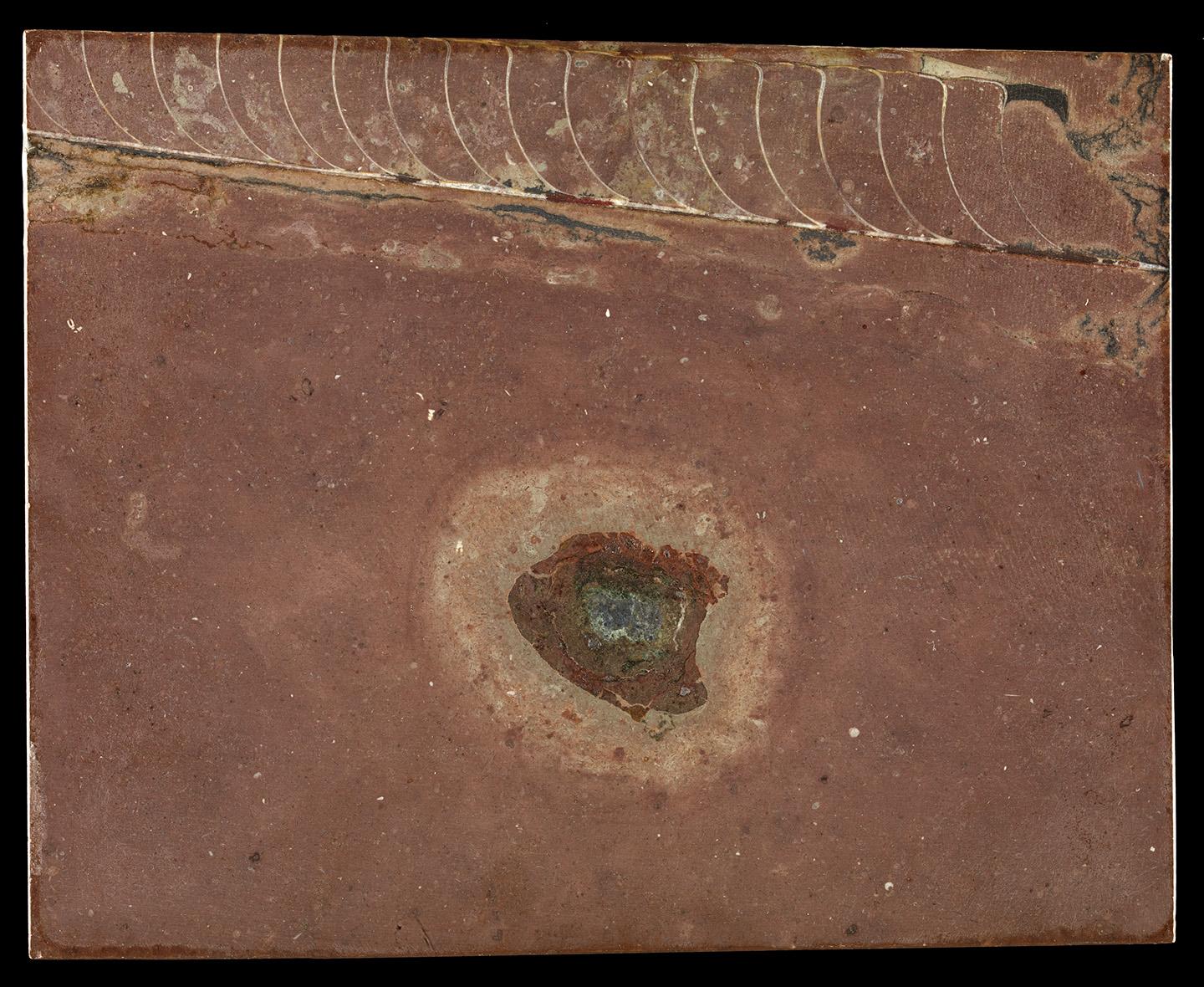Asteroid Dust Could Help Cool the Climate, Scientists Say
Credit to Author: Becky Ferreira| Date: Wed, 18 Sep 2019 19:18:51 +0000
Dust from a cataclysmic asteroid collision that occurred beyond the orbit of Mars some 468 million years ago may have helped trigger an ice age and an explosion of biodiversity in life on Earth.
This finding, published on Wednesday in Science Advances, is a mind-boggling example of how events in outer space can exert a major influence on the climate and evolutionary history of our planet. Led by Birger Schmitz, a professor of geology at Lund University in Sweden, the study’s authors demonstrate how asteroid dust can cause global climate cooling, and even suggest that this type of debris could be one potential solution to human-driven climate change.
Scientists have long debated the potential drivers behind the great Ordovician biodiversification event (GOBE), which began about 466 million years ago. The number of marine invertebrate families tripled during this period of global cooling, and complex animals such as brachiopods, gastropods, and bivalves dominated the oceans. (At this point, life had not yet diversified on land).
The violent breakup of a 100-mile wide asteroid, called the L chondrite parent body, sprinkled Earth’s atmosphere with debris. We are, in fact, still living through the aftermath of this collision, as nearly a third of meteorites that end up on Earth are thought to originate from the L chondrite body, according to the study.
This cosmic collision may have ushered in a period of global cooling by filtering out sunlight, which in turn caused sea levels to drop as ice formed at the poles. Climate change can be devastating to life on Earth, but since this cooling trend was relatively gradual, it may have stimulated adaptation and opened up vast new niches, triggering the GOBE. This idea that a slow dose of environmental stress and change can be a catalyst for biodiversity is called the “intermediate disturbance hypothesis.”
According to Schmitz, this cosmic phenomenon may even be responsible for other ice ages throughout Earth’s history. “We are of course also interested to see whether any of the other major ice age episodes, like Snowball Earth, perhaps were triggered by asteroid dust,” he said in an email.

The collision theory is compelling, but scientists have previously disputed the conclusion that the asteroid collision and the GOBE sync up in the fossil record. A 2017 study in Nature Communications suggested that the biodiversity boost was already well underway when the first dust arrived at Earth, challenging the idea that the events were related.
Schmitz and his colleagues set out to look for remnants of this extraterrestrial debris shower in the marine limestone deposits of Kinnekulle in southern Sweden and the Lynna River near St. Petersburg, Russia. Their goal was to establish a much more precise timeline that pinpointed when, in the limestone record, a sudden spike in space dust appears, and if it correlates to the emergence of more numerous and complex forms of marine life.
The team identified these tiny grains as originating from the L chondrite parent body by comparing them to micrometeorites from Antarctica.
The results showed that the L chondrite debris after the breakup caused a thousand-fold increase in space dust falling to Earth that lasted for at least two million years. The team also provided evidence that “extraordinary amounts of L-chondritic micrometeorites” had arrived hundreds of thousands of years earlier than suggested in the 2017 study.
As a result, the researchers said the extended fallout of the collision coincides with the explosion of life seen in the fossil record, and could have been a major driver of it.
In addition to cooling the climate, this dust may have seeded the oceans with valuable extraterrestrial fertilizer that fed the sudden biodiversity boost. “This type of extraterrestrial dust is very rich in iron,” Schmitz said. “When dust passes through the atmosphere it ablates because of friction, and very tiny iron-rich particles, on the nanometer scale, are liberated and then settle on the ocean surface.”
“Large parts of the ocean have enough of other nutrients, but lack the essential iron,” he added.
If this alien iron nourished these ancient marine animals, then it may have also caused an increase in biological carbon dioxide storage in the oceans. Both the atmospheric shading caused by space dust and the enhanced bioproductivity from marine organisms could have played a role in reducing atmospheric carbon dioxide and cooling the climate.
According to Schmitz, nailing this down could open up some far-out possibilities for countering the climate crisis with geoengineering.
“It would be extremely important to figure out whether [carbon dioxide] drawdown because of fertilizing iron and increased bioproductivity or dust-shading is the more important parameter that leads to cooling,” Schmitz said. “Such knowledge may be crucial if we will have to mitigate a catastrophic global warming by geoengineering (provided politicians fail to bring down [carbon dioxide] emissions).”
The team close the study by citing one speculative geoengineering scenario that would involve gravitationally mooring an asteroid to the first Lagrange point, which is a stable location one million miles from our planet, in the direction of the Sun.
Earth would be peppered with dust from this space rock, which could “create a prolonged cooling effect,” the authors said in the study.
Of course, any geoengineering solutions to the climate crisis would require meticulous research and public debate to mitigate the risk of accidentally exacerbating global destabilization. But given how asteroids have been implicated in local and global extinctions, it’s interesting to consider the role that these extraterrestrial objects have played in stimulating and protecting life on Earth.
This article originally appeared on VICE US.